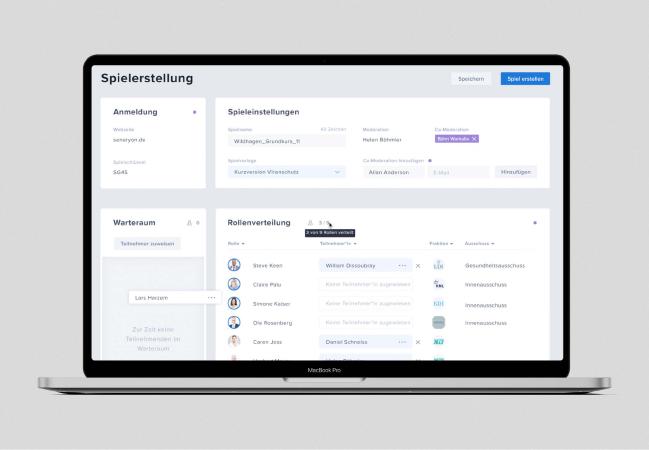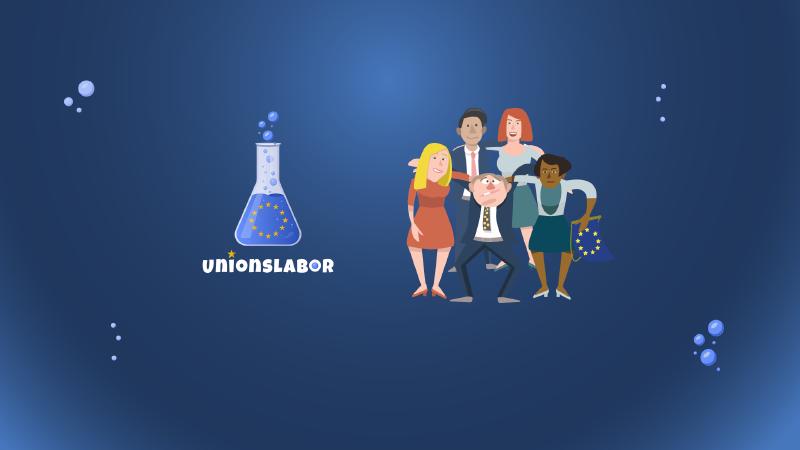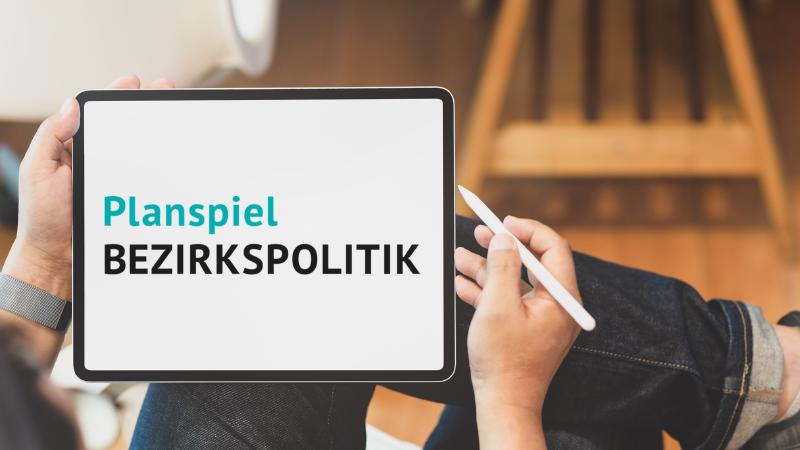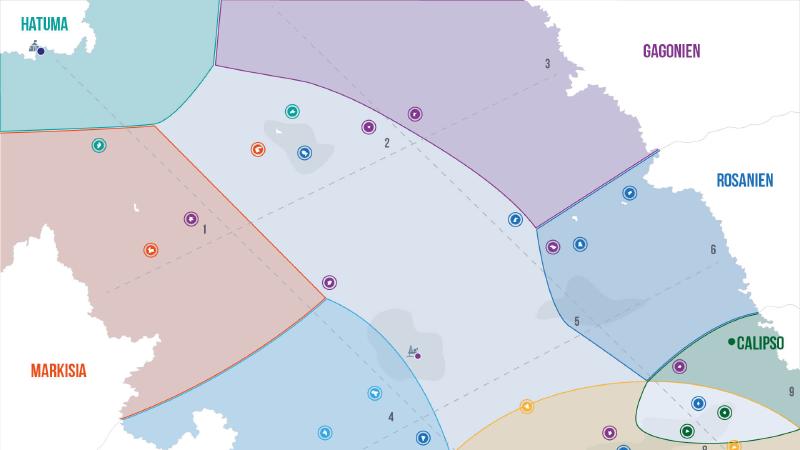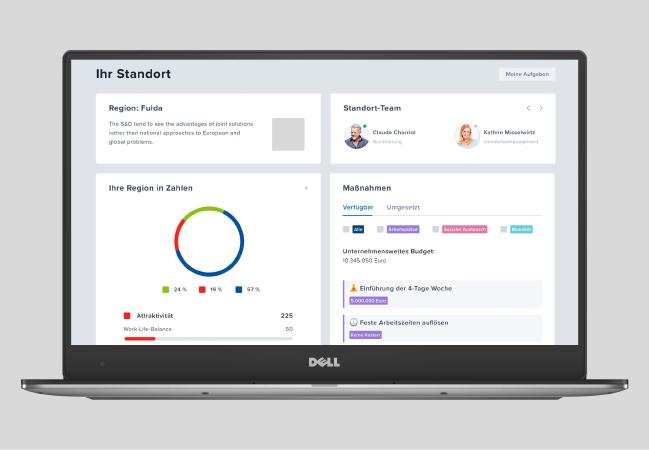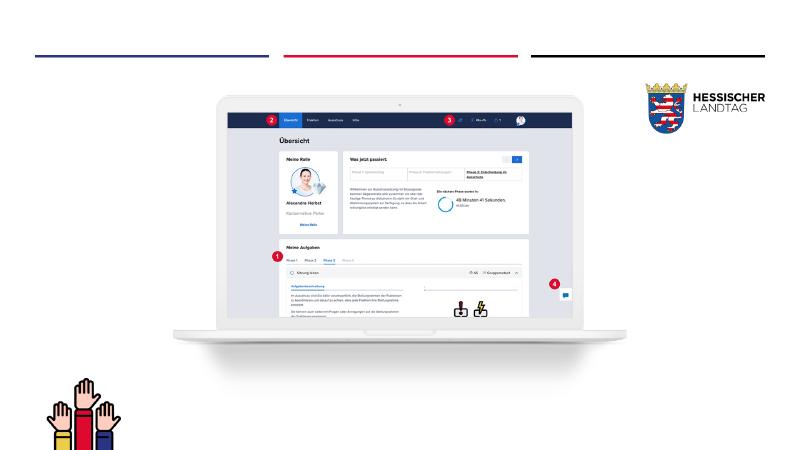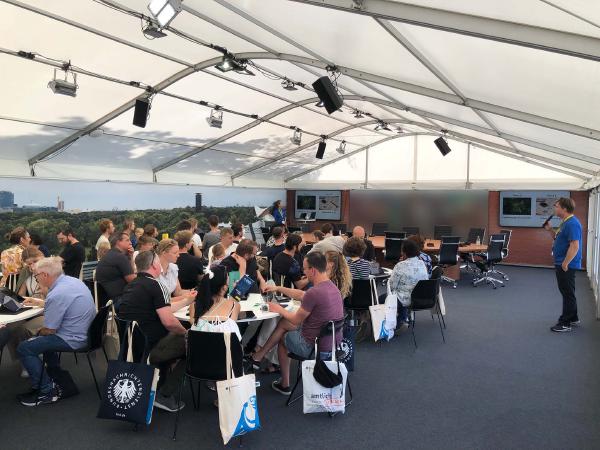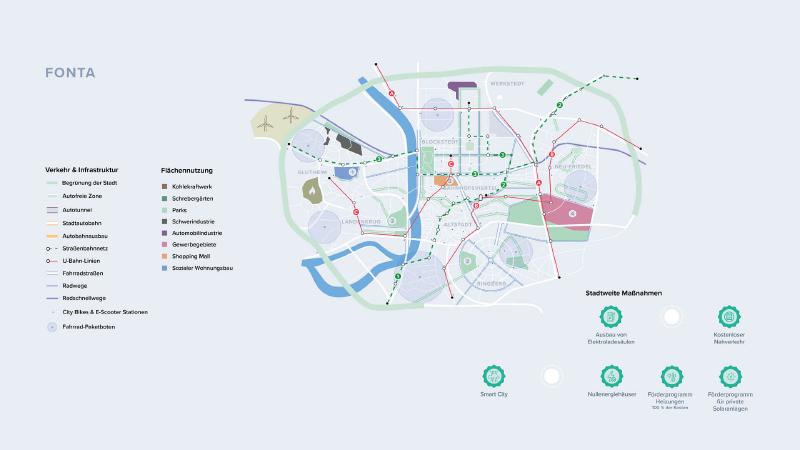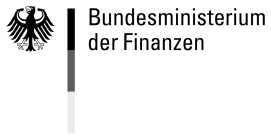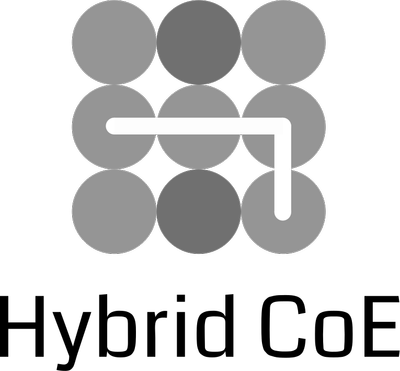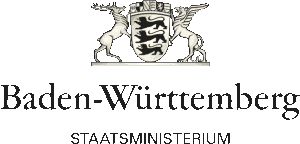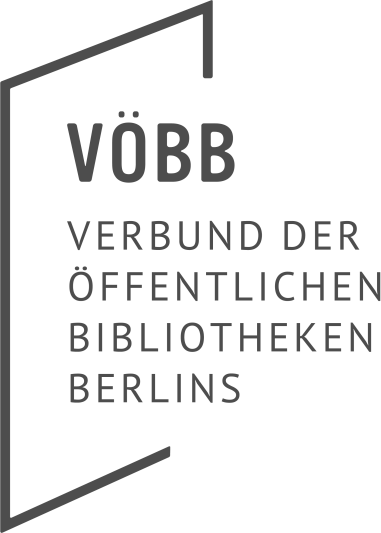Senaryon is a platform that facilitates building, managing and conducting simulation games. Due to its modular construction it allows for a wide range of simulation games and other interactive formats. Currently, the shortest available game is digital with face-to-face negotiations (hybrid) and lasts about one hour, the longest available game spans several weeks during which the participants can log in any time they like (online). In other formats we combine online phases with in-person meetings (blended).
To manage identities, we have users, roles, groups, and functions. For instance, a user, “John Smith”, might be assigned to the role Mary Smith who could have the function mayer, and belong to the group conservative faction. To manage their permissions, functions have rule sets that determine what is available to them at any point in the game. For example, a role with the function citizen would not have the ability to issue a decree, whereas a council member might play a part in the issuance of one, say, via a bill. This is enabled by a drafting and voting system that allows for a spectrum of negotiations, from a simple yes/no vote on a pre-set statement to a multi-article resolution.
To manage the flow of the game, we have phases and tasks. The users (in their roles) have a number of tasks to complete within each phase, and are thus being guided through the game. These tasks can be completed in groups or individually, and can be graded by the facilitator with optional feedback. For instance, a task in a negotiation phase for the conservative faction group might be to institute reforms that benefit the common people and win popular support. Or, in an introductory phase, something simpler like “learn about your role” with links to the information within the platform. The phase lengths can be modified by the facilitator at any time. A quiz/survey module can be employed to test the users’ knowledge or to collect their feedback in the evaluation phase.
For communication, we have a number of messaging functions, ranging from an email-like messaging area to more chat-like messaging modules placed next to other elements a set of actors could be working on, such as press releases, draft resolutions. There is also a direct channel to the facilitator, who can assist with understanding the game mechanics.
We have built the core with flexibility in mind, so these elements can all be combined in different ways to work in a wide range of games and scenarios.

